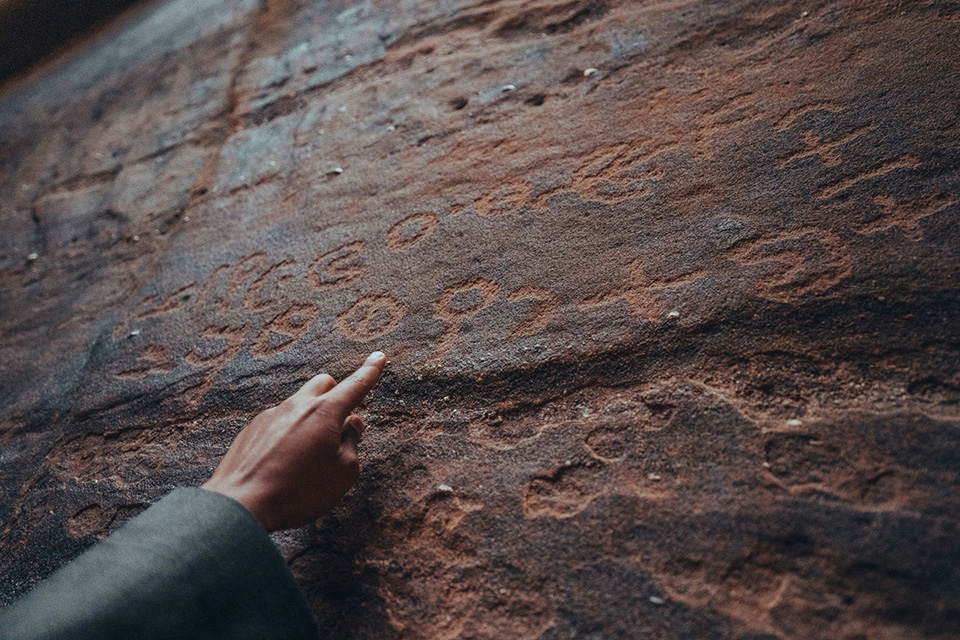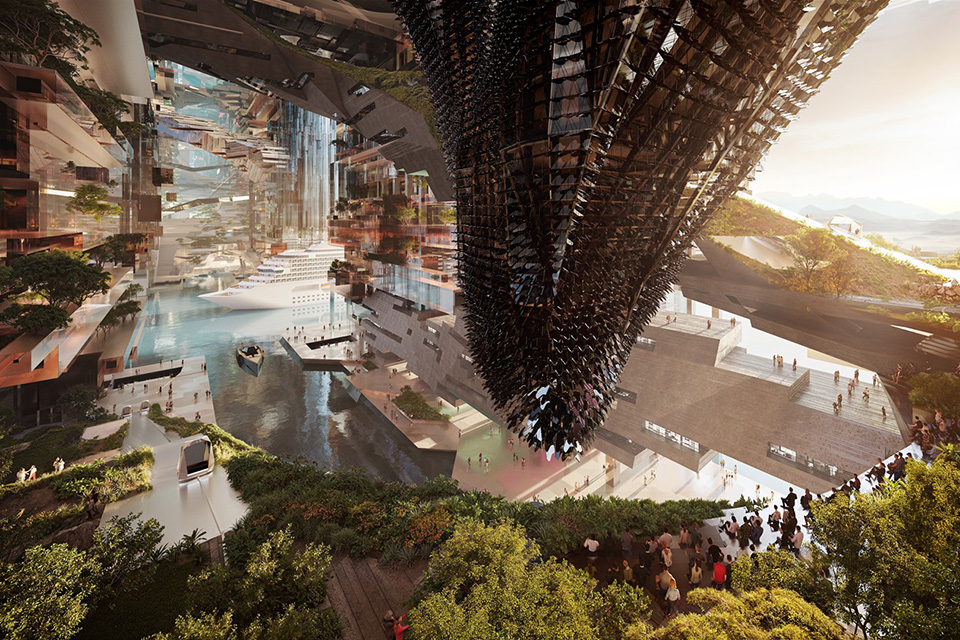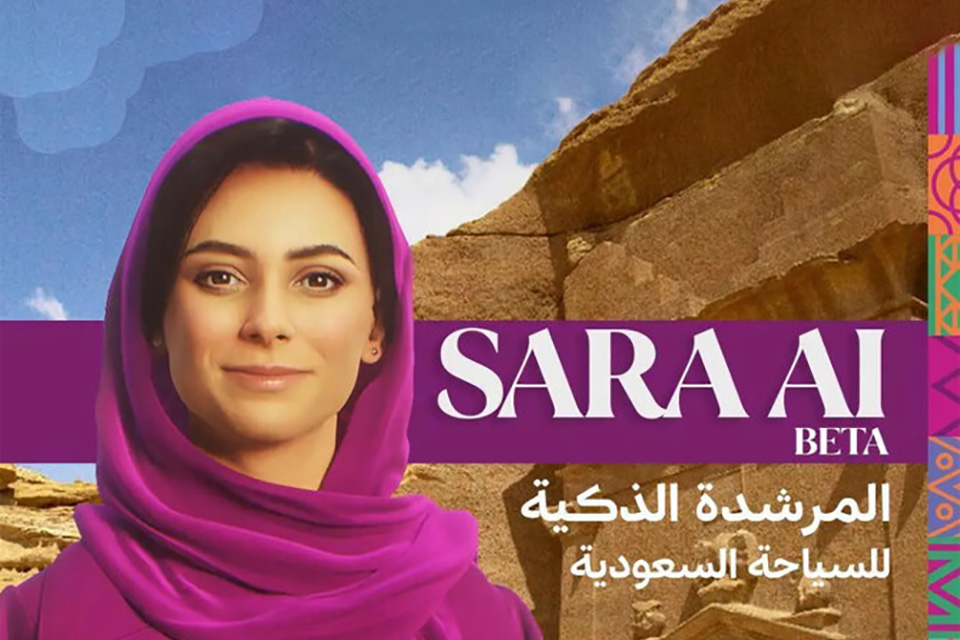- News
Geological Museum Plans Bared by Saudi Geological Survey
In line with the geological museum, 150 caves will be identified that will be transformed into tourist sites.
Saudi Arabia has unveiled a groundbreaking initiative with the establishment of a new geological museum. This exciting project comes directly from the Saudi Geological Survey (SGS).
According to its website, the Saudi Geological Survey is responsible for “conducting surveys on natural resources and monitoring geological activities.” It does geologic mapping, especially in the exploration of mineral and groundwater resources, and provides mining investment opportunities.
Saudi Geological Survey CEO, Eng. Abdullah Al-Shamrani, shared the plans for the geological museum.
“The plan is to establish the museum in cooperation with the Ministry of Tourism,” he said.
“SGS has coordination and communication with the ministry to provide it with all the geological information for each site that can be turned into a tourist destination,” Al-Shamrani added.
The Saudi Geological Survey and Ministry of Tourism will be working together to identify 150 caves to be transformed into tourist sites. This is part of the plan for the geological museum. One cave that already draws tourists is the Hira Cave near Mecca, given its religious significance.
According to Al-Shamrani, the Ministry of Industry and Mineral Resources has worked on over 2,000 local and international license applications. These include 2,000 applications for exploration and around 139 applications for mining.
Wealth in minerals and caves of interest
In addition, the CEO also pointed out that Saudi minerals will also be an important element in the geological museum. The value of Saudi minerals is approximately USD 2.5 trillion. For instance, gold in the kingdom amounted to more than 100 million ounces, while zinc exceeded 34 million tons.
On mining licenses, meanwhile, the ministry has issued over 1,400 quarry licenses for construction materials and over 600 for exploration. The estimate for these is USD 23.7 billion. The estimate for the visitors to the geological information database, on the other hand, is at approximately 78,000.
Al-Shamrani also highlighted specific Saudi caves of interest, such as the Abu Al-Waul Cave, the longest cave in the kingdom. People can find it in the volcanic field of Harrat Khaybar in the Madinah region. The Abu Al-Waul Cave contains skeletons of extinct animals.
Another interesting cave is the Umm Jarsan Cave, which is 1.5 kilometers long. It is near Madinah and features a “lava tube cave” which humans inhabited for 7,000 years.
Keeping this in mind, the geological museum will potentially include fossils, as well as various stones in Saudi Arabia.
The geological museum’s significance
The geological museum, once open, will highlight the rich geological heritage of the region. It also promises to be an educational and inspiring destination for visitors. Moreover, the project strengthens the country’s commitment to preserving and celebrating its natural heritage.
In addition to its educational and economic benefits, the museum will promote environmental awareness. By showcasing the Earth’s history and natural processes, it will encourage visitors to appreciate and protect natural resources. The museum will highlight the importance of sustainable practices and environmental stewardship.
Overall, the new geological museum represents a significant step forward for Saudi Arabia. It will be a landmark for education, tourism, and research. The project reflects the country’s dedication to advancing scientific knowledge and cultural appreciation.
Note: Some of the content in this piece was generated with the help of AI.






